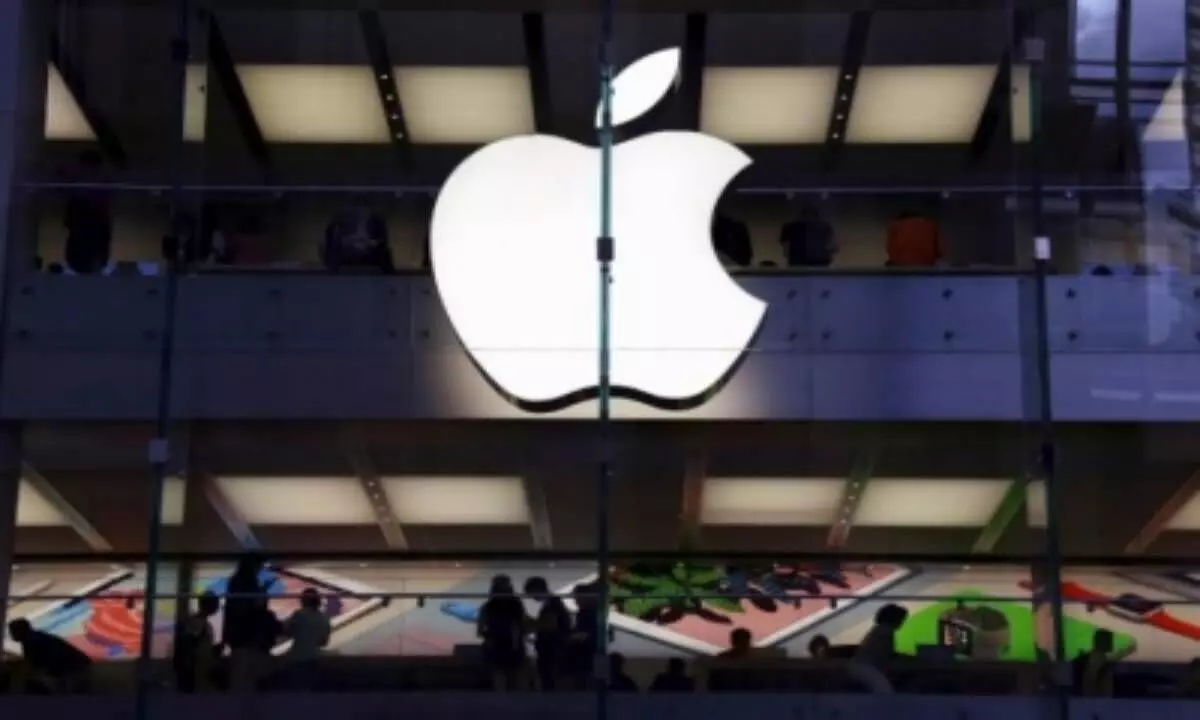Apple's appeal in the sizzling 4G patent battle with Optis goes up in smoke
image for illustrative purpose

London's Court of Appeal has ruled against Apple Inc in a longstanding legal dispute with Optis Cellular Technology LLC, a U.S. patent holder. The court found that Apple infringed on two telecommunications patents that are essential to certain technological standards, including 4G, used in devices such as iPhones and iPads.
The legal battle between Optis and Apple began in 2019 when Optis sued the tech giant over its use of patents deemed essential to 4G standards. Last year, London's High Court ruled in favor of Optis, stating that two of their 4G patents were indeed standard essential patents and that Apple had infringed upon them.
In May, Apple appealed the High Court's decision, arguing that the disputed patents were not essential to 4G standards and that it had not violated them. However, the Court of Appeal dismissed Apple's challenge, upholding the previous ruling. Judge Colin Birss stated in a written ruling that the High Court had made the correct decision in rejecting Apple's argument for non-infringement and affirming the essentiality of the patents.
This latest ruling adds to the series of legal proceedings between Apple and Optis, which have already involved six separate trials and several appellate hearings in Britain alone. Last month, the Court of Appeal upheld Optis' appeal against the revocation of two other 4G-related patents, further strengthening Optis' position. The court also determined that Optis is entitled to an injunction preventing Apple from infringing on its patents until a ruling on fair, reasonable, and non-discriminatory terms of use is reached.
The ongoing legal dispute highlights the significance of intellectual property rights in the telecommunications industry and underscores the complex challenges faced by technology companies in navigating patent disputes. As the case continues, the outcome will have implications for both Apple and Optis, potentially shaping the future of their relationship and the use of essential patents in the broader technology landscape.

